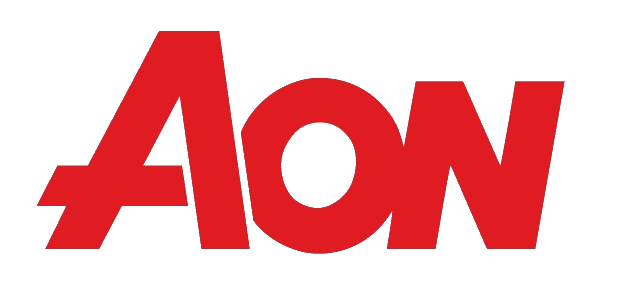“How can we fix our culture?” “How do we address the cultural issues behind systemic risk and regulatory fines?” “How can our culture better drive growth through agile innovation?” These are questions asked by businesses more and more frequently – and they are coming from CEOs as a strategic priority. According to Aon’s research of Chief Human Resources Officers, we found that 46% of organizations identified defining or aligning culture as a key priority.
Banks are paying unprecedented regulatory fines and are under fire for cultures that do not appropriately manage systemic risk. Manufacturers are trying to understand and change the cultural issues behind catastrophic operational safety failures. CEOs are tired of making acquisitions that fail due to “cultural misalignment.” Leaders are struggling to grow their businesses while managing cost and minimizing risk. Even if employee engagement is high, there can be a nagging feeling that something else is off within an organization. In many of these cases, organizational culture may not be aligned with high performance.
In order to create a high performance culture, leaders must start with a useful definition of culture, define a culture that uniquely connects with value creation, align their team around that defined culture, and, most importantly, set a practical plan in motion to create and sustain the culture needed for organizational success. In an age when tremendous value is created and sometimes lost by the people who make up our organization, it is time to get real about high performance culture. The stakes are too high to have our cultures be a liability.
Drawing on Aon’s extensive research from employees in North America, Europe, and Asia Pacific, this article sheds light on the culture challenges organizations are facing around the world and the proven solutions that can help turn culture into significant organizational value.
Real Value: How Can Culture Align with High Performance?
The engagement-culture relationship can create virtuous or vicious cycles. Culture can be engaging or disengaging. In companies where culture is aligned with strategy, 44% more employees are engaged, and twice as many employees will stay. In companies with misaligned cultures, 71% of employees are either passive or actively disengaged and 75% of employees are likely to leave. Conversely, employee engagement creates and reinforces culture through the behaviors people engage in. These reinforcing mechanisms can either create optimal performance conditions where great culture creates engagement in value creating behaviors – and vice versa. Or, these dynamics set companies on the death spiral where unhealthy culture disengages good people who leave or motivates them to engage in value destroying behaviors that propagate the unhealthy culture.
High performance cultures are those that align beliefs, decisions and behaviors with business objectives. This culture alignment results in more than just higher employee engagement. The outcomes can be extraordinary. Employees engage in value creating behaviors. Our research also shows that companies with highly aligned cultures:
- Experience 29% lower overall turnover and 35% lower early turnover that can come from values mismatched and unmet expectations
- Have 27% higher rates of Net Promoter employees (those who advocate for their company as a best employer) vs. companies with low cultural alignment
- Had 4 times higher sales and returns as compared to companies with low culture alignment
Real Trouble: When does your Culture Become Dysfunctional?
Two-thirds of companies say that their cultures do not align with business objectives. This misalignment is the core definition of a “dysfunctional” culture. The most frequent traits employees use to describe underperforming cultures are short-term oriented, indecisive, reactive, secretive, task-oriented, indirect, and lacking accountability. A company’s culture does not become dysfunctional overnight, so it is hard to detect. In many cases, a dysfunctional culture emerges when the business strategy is not fully articulated down to the behaviors required for success.
Furthermore, when employees hear high-level business imperatives, the immediate question that follows is, “How will we do that?” Without clear answers, employees fill in the white space with behaviors they are comfortable with, or worse, behaviors that are motivated by fear of uncertainty. Those behaviors can vary widely, thus, exacerbating the culture misalignment.
Read the full article, “Getting Real About Creating a High Performance Culture,” to learn more about what a high performance culture looks like and how to get there by clicking here.










